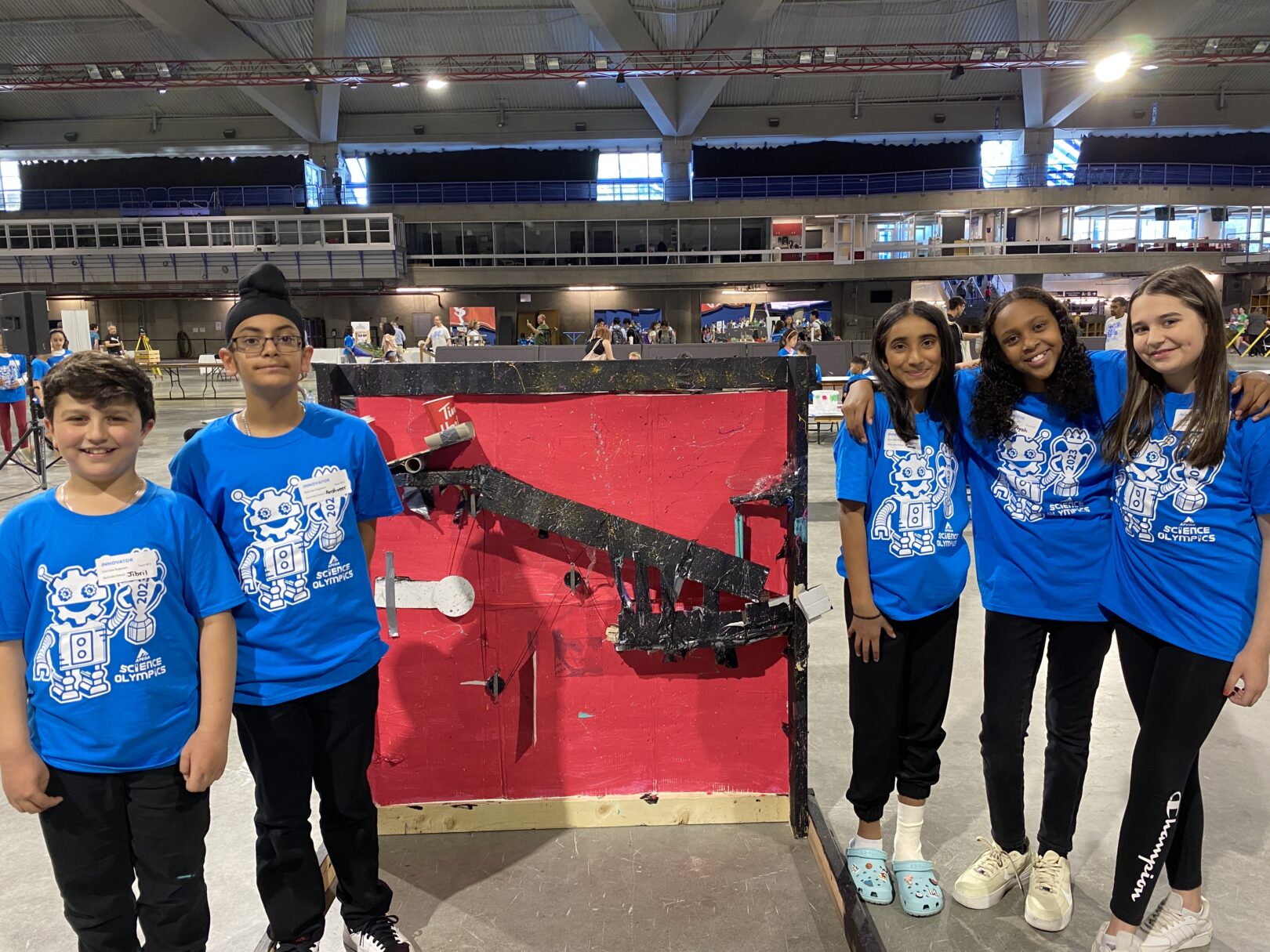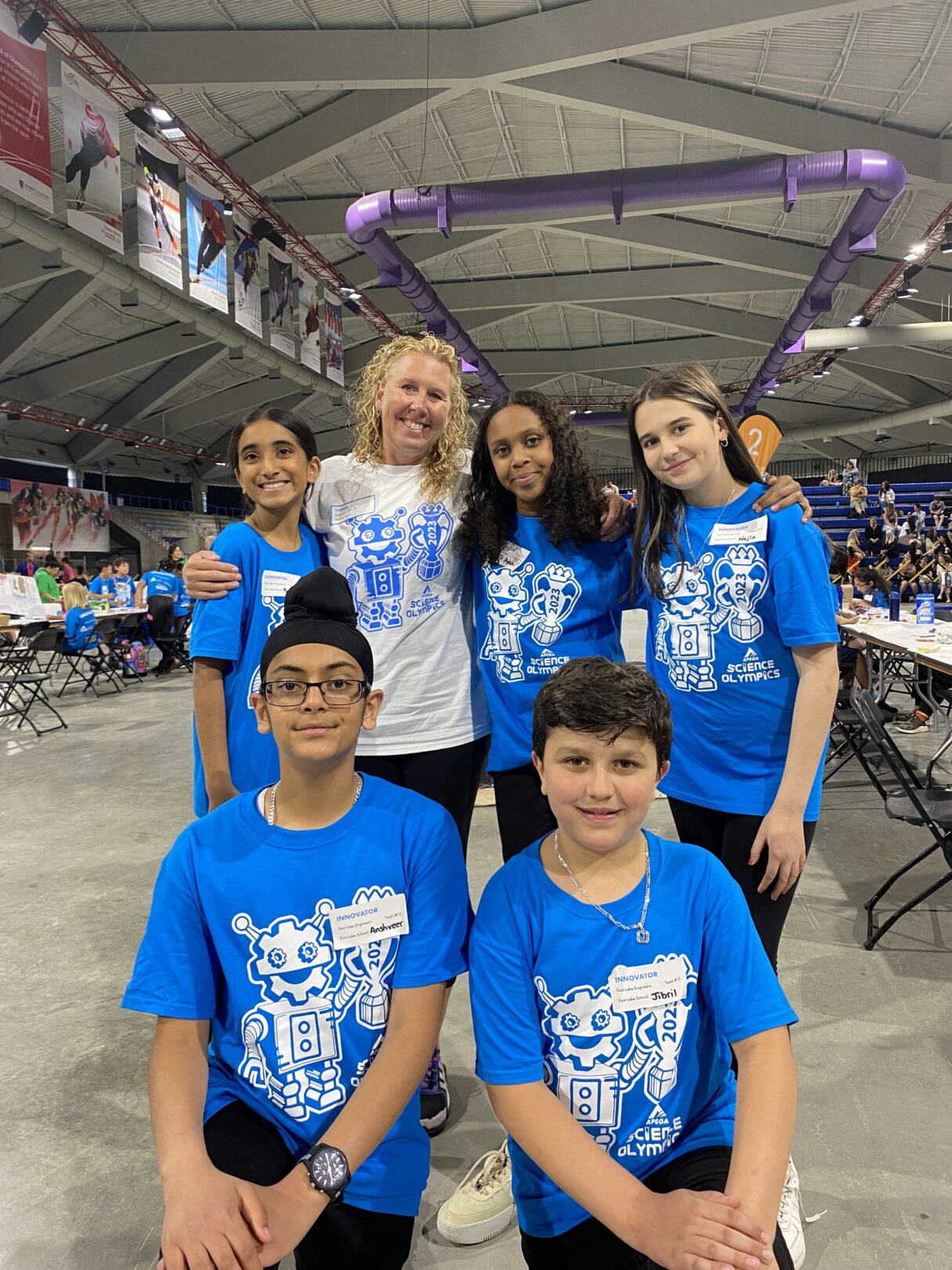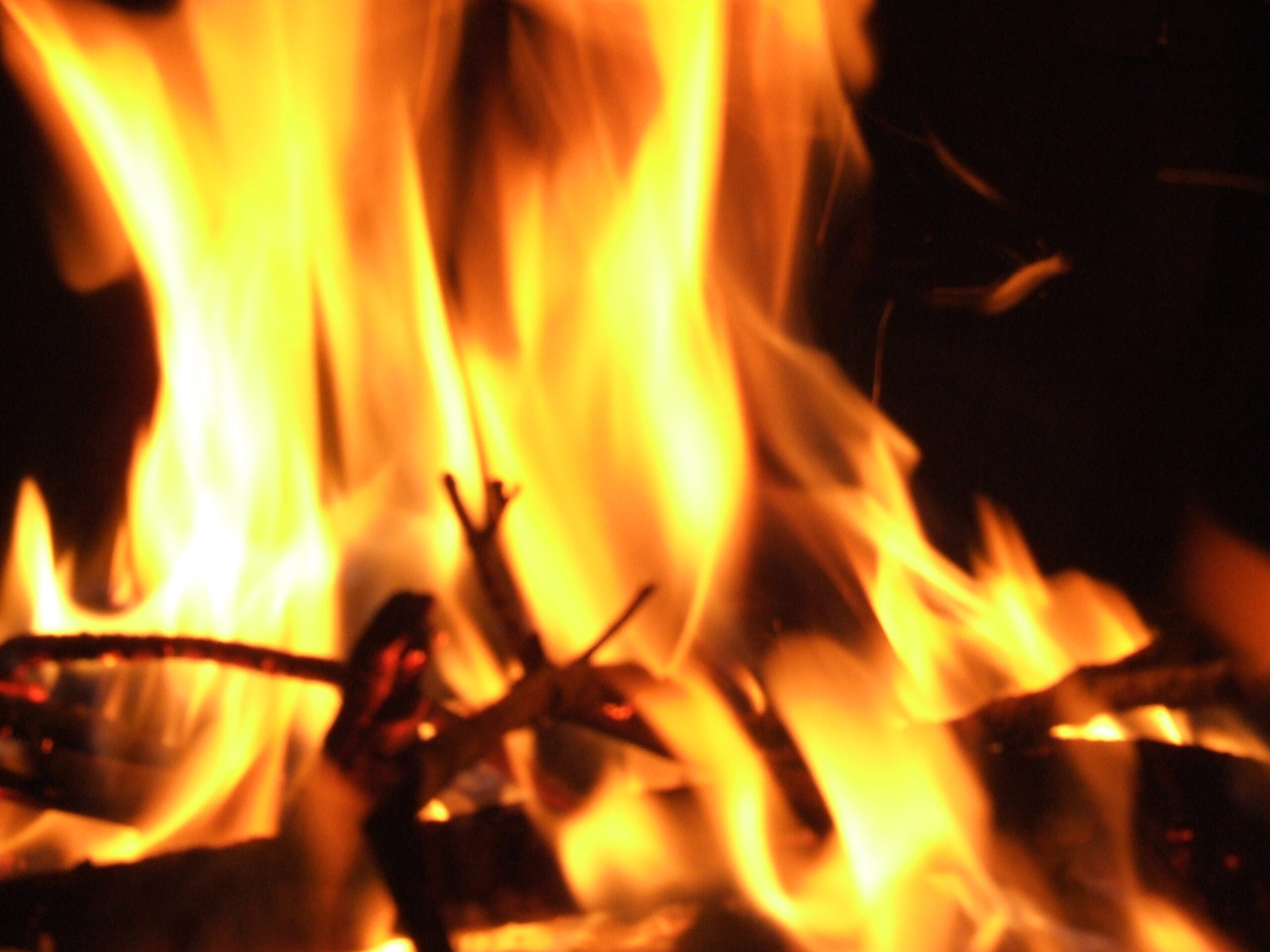East Lake School students took gold at the APEGE Science Olympics for their engineering and design skills.
Five Grade 6 East Lake School students competed in the Science Olympics, showcasing their engineering and design skills.
“Science Olympians use problem solving to develop solutions to a series of challenges that demonstrate how engineering and geoscience impact our everyday lives,” the APEGE Science Olympics website said. “Challenges are related to the Alberta school curriculum, and are developed by professional engineers and geoscientists, as well as local teachers.”
This is the fourth year that East Lake teacher Christina Van den Eynden has taken students to compete in the Science Olympics, both in-person and virtually.
Students were chosen to compete in the Science Olympics after the school science fair based on their work ethic and their love of science.
“Previous years we have come out with a silver standing and this year was our first-time getting gold,” Van den Eynden said. “It went amazingly well, however when they presented their project the final step did not work as planned.”
For the Science Olympics, students had to complete a classroom challenge, creating a Rube Goldberg machine to wake up their teacher in a kind way.
The machine needed to perform the task in a complicated manner consisting of at least five different steps and including at least three simple machines, Van den Eynden explained.
Grade 6 student Ayah Hassan said that the team followed the engineering design process by researching Rube Goldberg machines and different simple machines, imagining what it would look like before building and testing the machine.
Although students spent time researching the Rube Goldberg machine, they did run into challenges while building and testing the machine.
“After we built everything the golf ball was not hitting where it needed to go so, we had to re-design,” student Mannat Sidhu said. “We also ran into many challenges with our final pulley system and had to change it multiple times.”
Sidhu added that Van den Eynden helped the team early in the morning before class, after school, and during the lunch break.
“The biggest commitment of all was our teacher Mrs. Van den Eynden,” Sidhu said. “She did this all out of her own time when she could have been home, and I am so happy she gave me this opportunity.”
Students presented the classroom challenge at the Science Olympics and were then given one hour to complete a mystery challenge.
The mystery challenge was to design a city and its features, such as a dam, landfill, or farmland on a 2D flat map, while avoiding environmental dangers and natural disasters that could occur on the site.
During the mystery challenge, judges watched how the team worked together, how they demonstrated innovation and engineering design processes, teamwork, problem-solving skills, and the safety and efficiency of the buildings and facility locations.

Student Jibril Elsayed said the mystery challenge went well, and everyone worked together as a team.
“At first, we were confused at what we needed to do but we asked a bunch of questions to the judges and were able to figure it out,” Elsayed said.
Sidhu explained that the team decided to feature a dam, a farm, and a village with houses and a landfill.
“We had to set it up so the people in the village had the best life and had to consider the wind, floods, tsunamis, fault lines, mountain slopes and the amount of space we took to build each thing,” Sidhu said.
For Van den Eynden getting to see her students’ excitement and energy was a highlight of the entire event.
“They were so happy, and I could see they were loving every minute,” Van den Eynden said.
She explained that it’s important for her to inspire students’ love for science as it gives students an extra challenge, and an opportunity to be problem solvers and innovators.
“It also shows students that if things don’t work the first time, you need to keep trying,” Van den Eynden said. “A love of science and a love of learning as well as knowing it is okay to fail as long as you keep trying and with each try, you will learn new things.”







